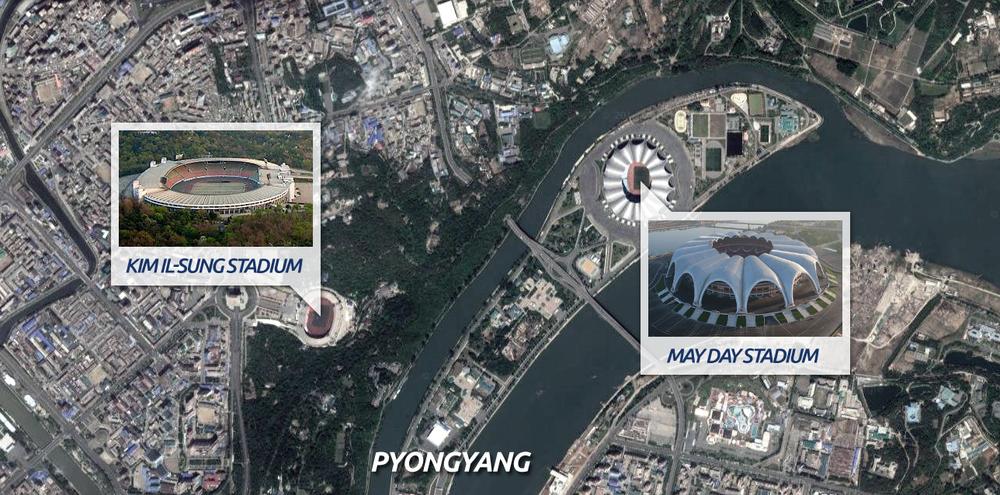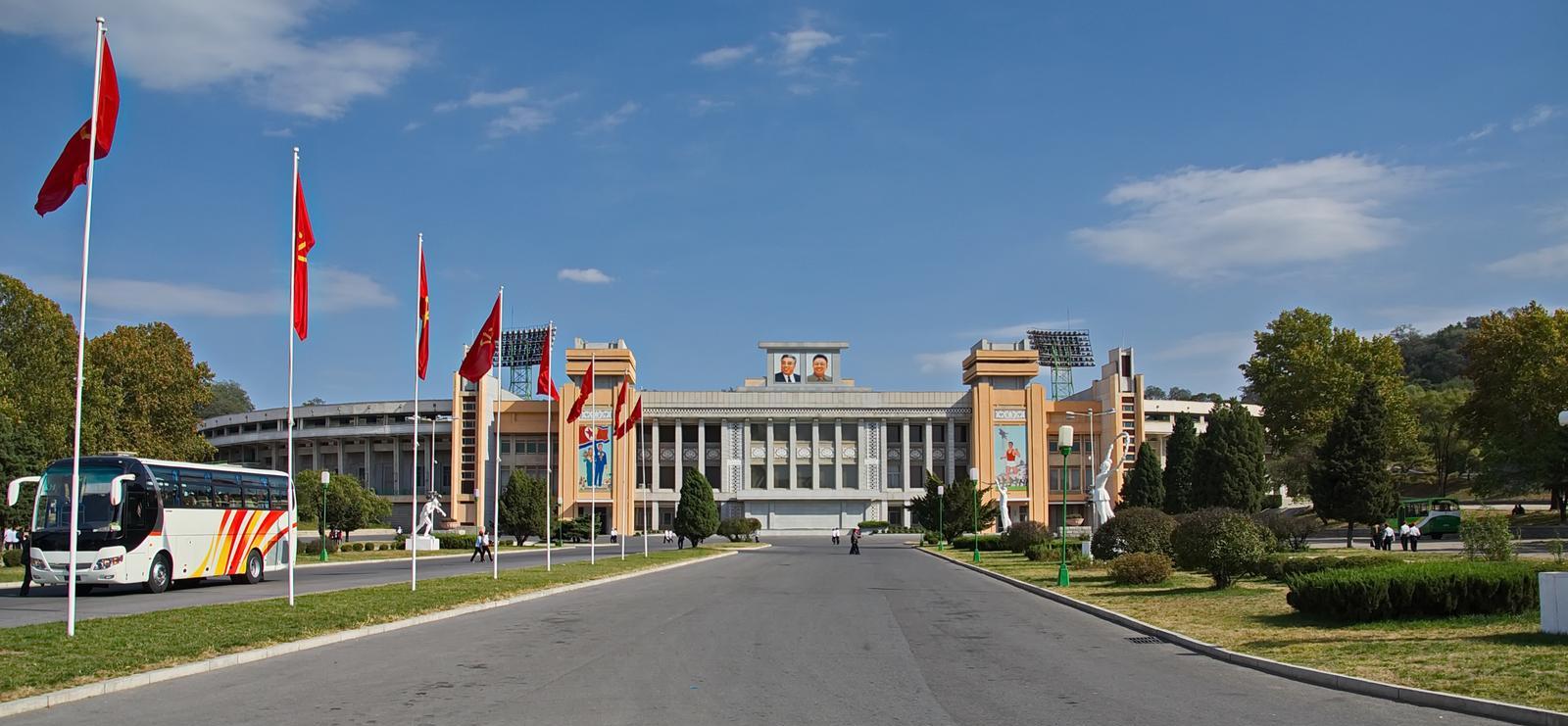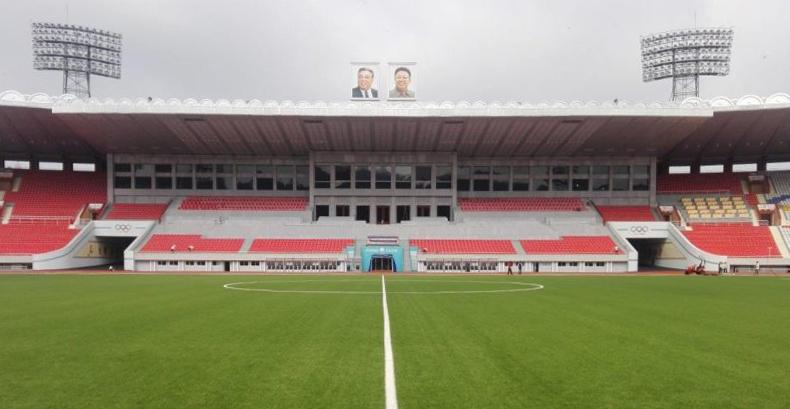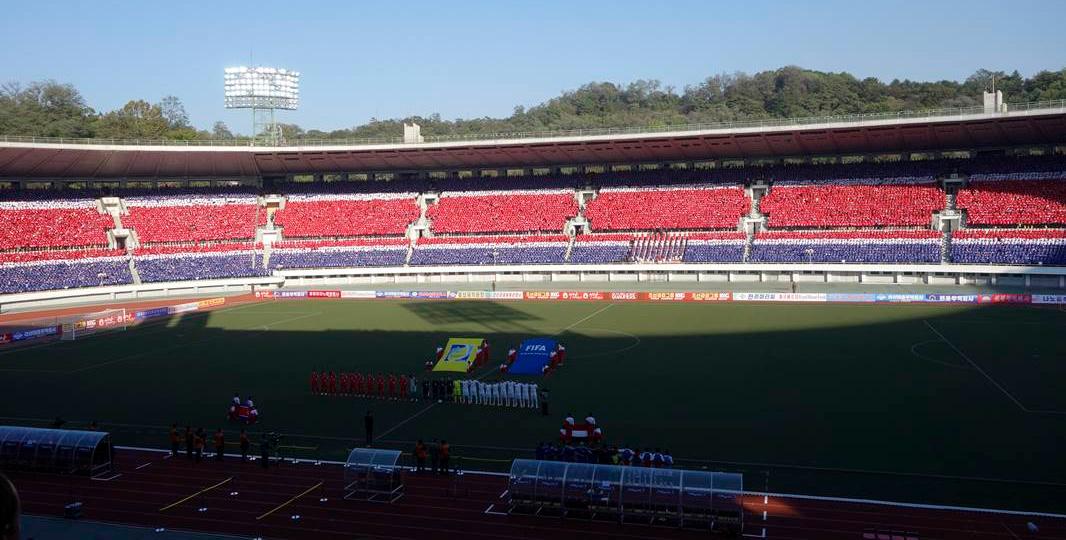New stadium: Smaller stadium of the greatest leader
source: StadiumDB.com; author: michał
 You may argue whether Kim Il-sung was the best leader ever, but that argument won’t happen in North Korea. Here’s the “eternal president’s” stadium.
You may argue whether Kim Il-sung was the best leader ever, but that argument won’t happen in North Korea. Here’s the “eternal president’s” stadium.
Advertisement
Last night our database grew by one special building. The most centrally-located stadium of Pyongyang was built in 1926, 63 years before its much more famous neighbour, the Rungrado Island stadium lying just 1.3 km east. For decades it served as one of the most important stadiums in Korea. Before the country’s partition it was the site of famous Pyongyang-Seoul football derby.

In its first iteration, the stadium incorporated into the large Moranbong Park survived until mid-20th century. During US bombings in 1950-1953 it was severely damaged and had to be effectively rebuilt.
 Photo: Uwe Brodrecht (cc: by-sa)
Photo: Uwe Brodrecht (cc: by-sa)
It wasn’t until 1969 that it reopened as North Korea’s national stadium, with roughly 70,000 capacity. Used for international and domestic games, political events and the Arirang Festival, it only lost some of these events to Rungrado’s giant once that stadium opened in 1989.
 Photo: Limonta Sport
Photo: Limonta Sport
Since a major renovation in 1982 it bears the name of Kim Il-sung (decalred the Eternal President in 1998), who hosted his first rally here after returning from exile in 1945. And though it’s not the largest stadium domestically any more, it’s still a de facto national stadium, holding all major international games.
 Photo: Limonta Sport
Photo: Limonta Sport
Following conversion to-all seater mode and the latest redevelopment of 2016 (all seats and field replaced), its capacity can be estimated at 50,000 seats.
Advertisement
 StadiumDB
StadiumDB ©
©